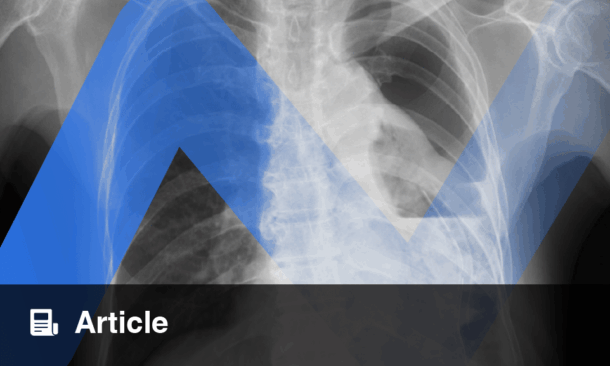ACUTE diarrhea during chemoradiotherapy for anal cancer is significantly more likely among patients treated with 5-fluorouracil (5-FU) or capecitabine compared with those receiving cisplatin or radiotherapy alone, according to new findings. The study highlights the importance of chemotherapy regimen selection while underscoring the lack of reliable predictors for late-onset diarrhea.
The prospective DACG-I Plan-A study evaluated 290 patients treated between 2015 and 2021 with concurrent chemoradiotherapy or radiotherapy alone in a curative setting. Investigators sought to identify both dosimetric and clinical predictors of treatment-related diarrhea while also assessing the ability of different bowel contouring methods to forecast toxicity.
Among all patients, 40% developed acute Grade 2 or higher diarrhea, while 22% experienced late Grade 1 or higher diarrhea one year after treatment. Multivariable analysis revealed that patients receiving 5-FU or capecitabine faced a three-fold increased risk of acute diarrhea compared with those given weekly cisplatin or radiotherapy alone. This strong association reinforces the role of chemotherapy regimen as a determinant of acute gastrointestinal toxicity.
Dosimetric evaluation suggested a trend between larger irradiated bowel volumes and higher risk of acute diarrhea, particularly in relation to bowel bag volumes exposed to 30 Gy. However, this association did not achieve statistical significance, and no specific contouring method was found to be superior in predicting diarrhea. Importantly, the analysis found no clinical or dosimetric parameters that could predict the occurrence of late diarrhea.
The results emphasize that while chemotherapy choice is a clear predictor of acute toxicity, clinicians currently lack reliable markers for late gastrointestinal side effects. The absence of a superior bowel contouring technique also highlights the ongoing challenge of treatment planning optimization in this setting.
These findings may guide clinicians in weighing chemotherapy regimens for anal cancer, balancing efficacy with the risk of acute gastrointestinal toxicity, and underscore the need for continued investigation into predictors of long-term treatment-related morbidity.
Reference: Storm KS et al. Predictors of acute and late diarrhea in the treatment of anal cancer with concurrent chemoradiotherapy. Acta Oncol. 2025:64:1217-1226.








